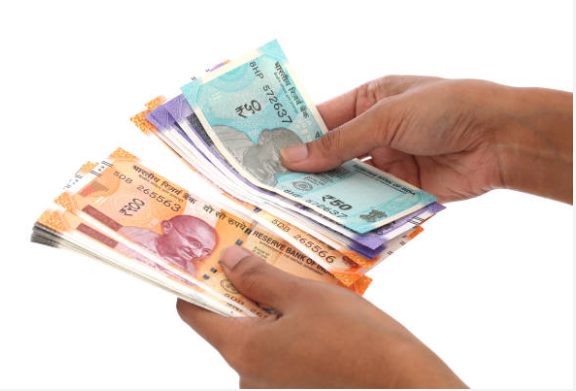Rupee it is under immense pressure. The Rupee is hovering near record lows against the US Dollar. $1 is worth almost ₹89. And that’s been the story this year.
It’s been a tough year for the Indian currency in the month of May. The Rupee became Asia’s worst performing currency. At that time, it was trading there 85 to the dollar. Now it is close to 89, so this is a steep. A fall and it appears inconsistent with a bigger picture globally. The strength of the US Dollar is being tested at the same time. India remains the world’s fastest growing major economy. So why is the Indian currency sliding
There are 2 parts to this story. The short-term pressures and the long-term challenges in the short-term. The tariffs have hit the Rupee. The 50% Trump tariff. It has slashed the demand for Indian exports. When you export to the United States, you get paid in the US Dollar. So fewer exports mean fewer dollars coming in to India and when the dollar inflow falls the Rupee weekends, so that’s one factor now. Beyond exports, 2 more factors are influencing the price of the Rupee. One is the Exodus of foreign investors from Indian stocks.
They’re pulling their investments out of India. Look at the numbers this year. So far, foreign investors have withdrawn more than a trillion rupees. This year, at every time these investors exit, they convert rupees into dollars so that adds to the pressure plus gold imports are also rising in India. Indian jewelers are importing more gold. The demand for the yellow metal has tripled in the run up to this festive season and every time you import gold into India, you use the US dollar to pay for it that increases the demand for the dollar and it reduces the value of the rupee. So these are the short-term factors driving the rupee’s fall. But there are deeper long-term challenges as well. Now we know that the IND of the economy is looking strong. The GDP grew at 7.8% from April to June. That’s the first quarter of this financial year. Very good numbers. Core sectors are expanding at double-digit rates and talking about sectors like steel coal cement. These sectors are indicators of economic growth and when they grow. It usually means that more investment is coming in areas like.
infrastructure and all these sectors are looking good at this point. If you join the door you’ll see that India’s economy is doing good. Then why is the Indian Rupee weakening? Because currencies do not move on road. Numbers alone the influence by several other factors like trade influence. Investor confidence and global politics. Today the outlook for India is more challenging. The Exodus of investors is hurting confidence. Exports are already under pressure. And last week, Trump went after the H1B Visa. This has added another layer of stress. It impacts 2 critical pillars of the Indian economy services and remittances services account for more than half of India’s GDP. H1B visas helped Indian companies win out sourcing contracts. They open doors for foreign business deals at the same time. Indian workers in the US sent money back home. In fact, remittances remain a major source of dollar influence, but
Trump’s Visa move. As we can build these channels, services, face, new uncertainty and remittances could take a hit. If these challenges stay, the rupee would remain under sustained pressure. India’s reserve bank is trying to contain the fall. That’s our Central bank, the RBI it has made interventions in the
open market. It has tried to defend the rupee, but until investor confidence improves. The rupee will face pressure plus global uncertainty would make the rbs job harder, so strong growth may not be enough. The policy swings in Washington and the chaos in global trade directly hurt the Indian currency.
Source:Lovinghananews.com


